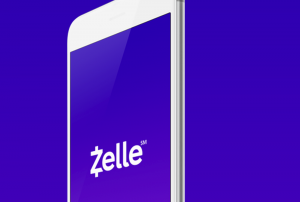Money transfer service Zelle ended 2018 on a strong note as the company continues to gain traction with users and financial institutions alike. According to Early Warning Services—the network operator behind Zelle—the money transfer service processed $35 billion in payments in the fourth quarter. That’s an increase of 12 percent from the third quarter and 61 percent year-over-year.
The increase in payment volume was partially driven by an increase in transaction volume. Zelle processed 135 million transactions in the fourth quarter, an increase of 19 percent from the third quarter.
Another key figure that reveals a lot about Zelle’s continued growth is its average transaction amount: $258. That’s down quite a bit from the figure just a year prior, when the average transaction processed by Zelle fell in the $400 range. What does this mean? It suggests that while Zelle’s users previously relied on the service mainly for big payments such as rent and utilities, consumers are starting to also use the service for more everyday transactions such as paying friends back for dinner or grocery shopping.
That’s good news for the money transfer service that’s usually seen as the banks’ answer to Venmo. PayPal-owned Venmo offers peer-to-peer payments as its core service as well, but has the reputation for being the go-to service for younger users looking to transfer money between friends. The shift in average transaction amount suggests Zelle might be challenging Venmo in that arena.
Another key factor driving the company’s growth is the continued influx of new financial institution partners that are offering Zelle’s services to their customers. Early Warning’s group president of payments Lou Anne Alexander notes that Zelle has had particular success lately drawing in credit unions and smaller community banks looking to boost their technology offerings. Indeed, 85 percent of Zelle’s participating financial institutions are regional or community banks and credit unions with assets less than $10 billion—and 77 percent of participating institutions have assets under $1 billion.
As Early Warning CEO Paul Finch notes, “Our strategic processor partners are helping move Zelle closer to its goal of nationwide ubiquity – signing more than a hundred banks and credit unions in Q4 alone…already, customers of more than 5,100 financial institutions are using the Zelle Network, whether it’s through their financial institution’s mobile banking app, or by registering their debit cards in the Zelle mobile app.”
























